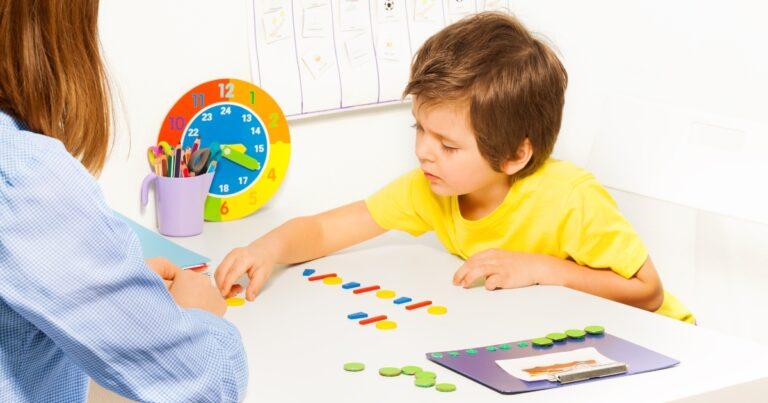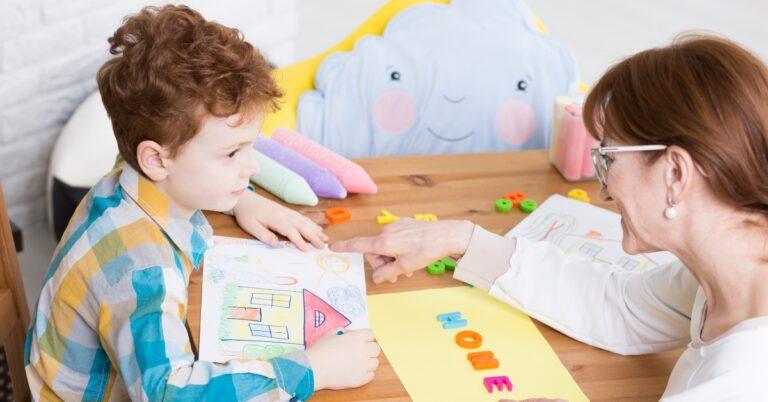Comprehensive Care in ABA: Embracing Kind Extinction
Applied Behavior Analysis is a powerful approach to understanding and changing behavior. ABA hopes to improve lives by increasing helpful behaviors and decreasing harmful or disruptive behaviors. There are many tools and strategies that are used in ABA, one of which is extinction. Extinction is one of the most misunderstood tools that is used in…










